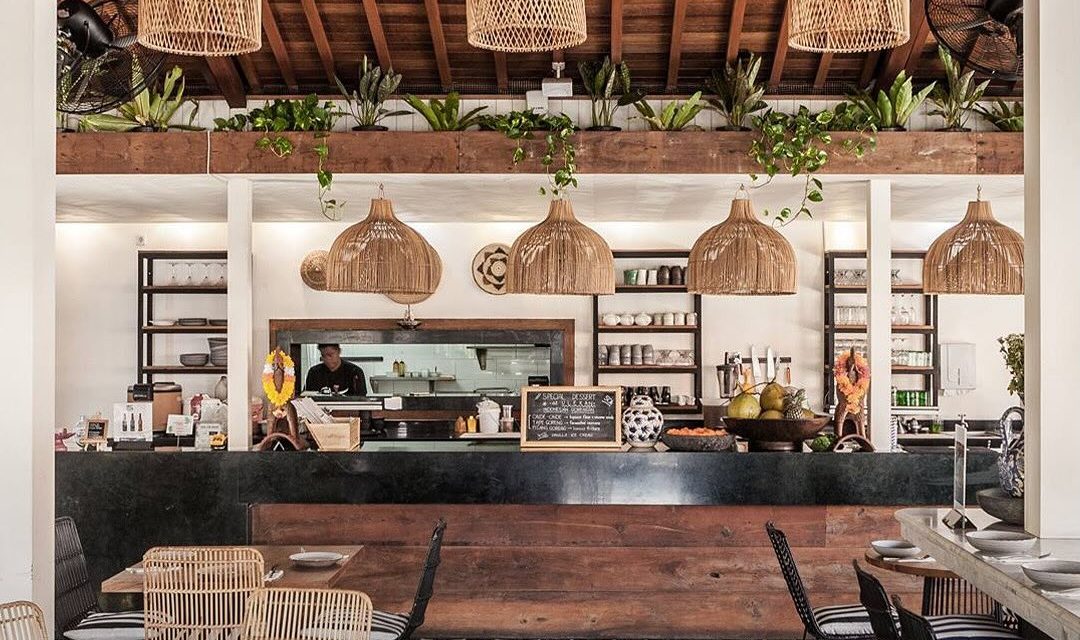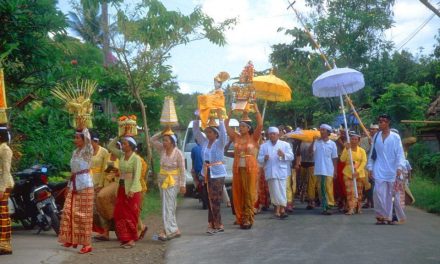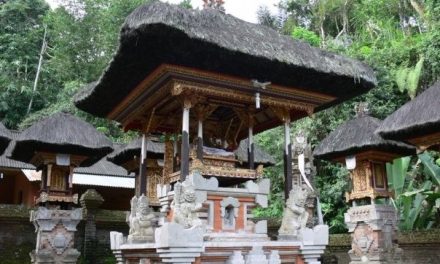When you think of Bali, the iconic Tanah Lot Temple inevitably springs to mind – an ancient sea temple perched dramatically on a rocky outcrop. Yet, beyond its breathtaking sunsets and spiritual ambiance, Tanah Lot is also a vibrant hub for cultural performances. Let me take you on a journey through the enchanting performances at Tanah Lot, sharing insights, personal stories, and practical tips to make your visit memorable.
The Cultural Heart of Tanah Lot
During my first visit to Tanah Lot, I was captivated by the rich tapestry of Balinese culture woven into every corner. As I strolled towards the temple, the melodic sounds of gamelan music filled the air, instantly transporting me into a world steeped in tradition. The performances here are not just entertainment; they are an expression of the local community’s soul.
Performance Venues at Tanah Lot
1. Tanah Lot Temple Stage
– Location: Right by the temple overlooking the ocean.
– What to Expect: This is where most traditional Balinese dance performances take place, particularly the Kecak dance and fire dance (Agni Kecak). The ambiance is phenomenal, with the temple in the background and the crashing waves providing a dramatic soundtrack.
2. Cultural Park
– Location: A short walk from the main temple area.
– What to Expect: This venue hosts various events ranging from cultural shows to festivals throughout the year. Look out for special performances during Balinese holidays.
3. Local Restaurants with Live Shows
– What to Expect: Several restaurants around Tanah Lot offer dining experiences with live traditional music and dance performances. I had dinner at one such place, and watching the performers while savoring delectable Balinese cuisine was a highlight of my trip!
Performance Timings
When planning your visit, keep the performance times in mind. Here’s a general guide based on the venues:
Kecak and Fire Dance Performances
– Timings: Performances typically start around 6:30 PM, just as the sun begins to set, providing a stunning backdrop.
– Duration: These performances last about an hour.
– Best Day to Visit: Weekdays tend to be less crowded, offering a more intimate experience.
Traditional Dance Shows at Cultural Park
– Timings: Shows are often held in the late afternoon, around 4 PM or 5 PM.
– Duration: Approximately 60-90 minutes.
– Best Day to Visit: Check local listings for special events, as festivals often lead to unique and extended performances.
Restaurant Shows
– Timings: These can vary, but many restaurants offer evening performances around 7 PM.
– Duration: Usually between 1 to 2 hours depending on the restaurant’s schedule.
– Best Day to Visit: Fridays and Saturdays are bustling, giving you a taste of local nightlife.
Practical Tips for Your Visit
1. Arrive Early
For the best experience, I recommend arriving at least an hour before the performances begin. This gives you time to explore the temple grounds, enjoy the sunset, and secure a good spot for viewing. I learned this the hard way when I dashed in last minute and ended up watching from a less-than-ideal angle.
2. Dress Appropriately
Balinese temples have a dress code. Although you may see some tourists in casual attire, it’s respectful to wear a sarong and sash, which can usually be rented or purchased nearby. This not only shows respect for the culture but also makes for stunning pictures against the backdrop of the temple.
3. Stay Hydrated and Snack Smart
The warm Bali weather can be a bit relentless, especially if you’re watching performances. Bring water to stay hydrated. I also packed some light snacks to keep my energy up during the shows.
4. Interact With the Performers
After the shows, many performers are happy to take pictures with you. I struck up a conversation with one of the dancers, and hearing her story about the dedication it takes to master these traditional dances added so much depth to my experience.
A Personal Encounter
Reflecting on my own experience, the Kecak dance left an indelible mark. Sitting on a stone platform, surrounded by fellow travelers, the rhythmic chants of the male ensemble as they formed a human circle, their hands flickering as they invoked the spirit of the story being told – it was surreal. The dancer’s mesmerizing movements and the warmth of the sunset painted a perfect picture of Balinese culture.
As the fire dance unfolded, I almost felt the heat of the flames from where I sat – it was thrilling and made the entire evening unforgettable.
Conclusion
Tanah Lot is not just a scenic spot; it’s a gateway to the heart of Bali’s rich culture. By immersing yourself in the performances held here, you not only witness art but also connect with stories, emotions, and traditions that have thrived for centuries. Remember to check performance timings, engage respectfully, and savor every moment – because your journey to Tanah Lot will definitely be more than just a sight; it will be an experience etched in your memory forever.






